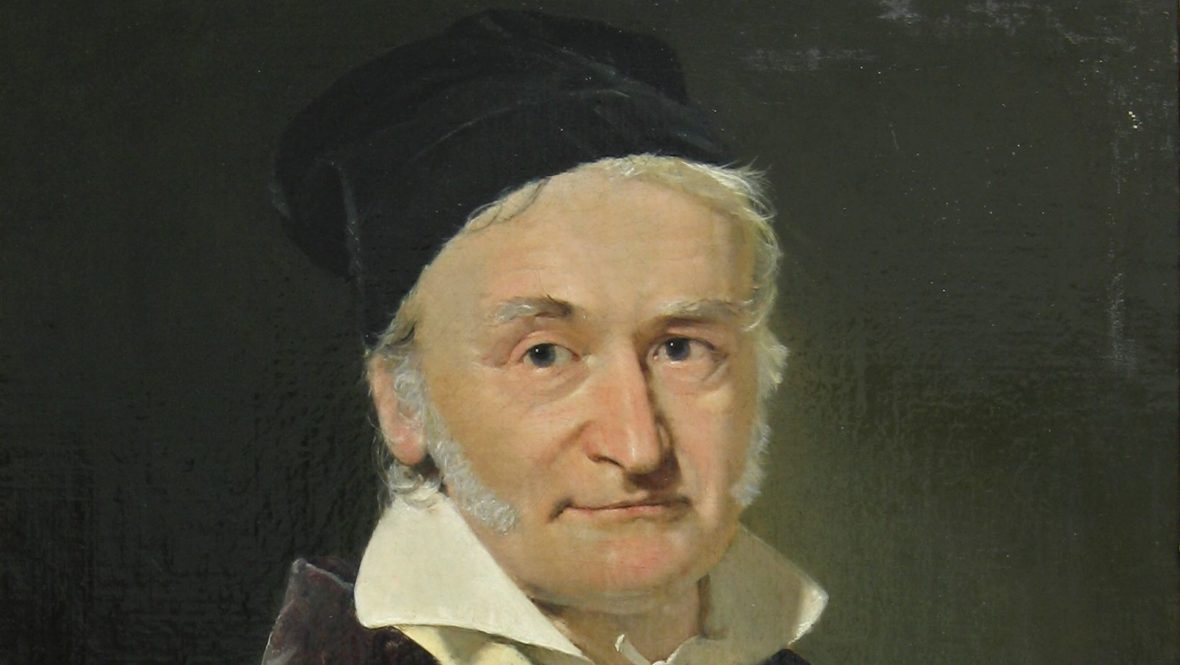Johann Carl Friedrich Gauss was a German mathematician and physicist who made significant contributions to many fields, including algebra, analysis, astronomy, differential geometry, electrostatics, geodesy, geophysics, magnetic fields, matrix theory, mechanics, number theory, optics and statistics. Take a look below for 30 more interesting and fascinating facts about Carl Friedrich Gauss.
1. Sometimes referred to as the “foremost of mathematicians” and “the greatest mathematician since antiquity,” Gauss had an exceptional influence in many fields of mathematics and science, and is ranked among history’s most influential mathematicians.
2. Despite being born to poor, illiterate parents who were not able to even write down the date of his birth, Gauss was a child prodigy and was educated.
3. His work in groundbreaking discoveries in mathematical theory attracted the attention of a nobleman who became his patron, and supported his higher education.
4. Gauss’s most influential writing was drafted when he was only 21, and still defines the understanding of number theory to this day.
5. Some of his most important findings had practical implications, as he proposed a number of theorems on shapes that had a direct impact on architecture and construction.
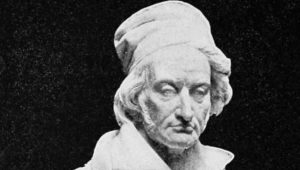
6. Gauss was the first mathematician to construct a 17 sided heptadecagon using a compass and a straight edge, and more importantly was the first to prove the laws of quadratic reciprocity.
7. Gauss’s work was instrumental to the understanding of algebra, as he proved its central theorem which states that, “every non-constant single-variable polynomial with complex coefficients has at least one complex root.”
8. He’s responsible for the prime number theorem, which broadly still applies to mathematics today.
9. One of Gauss’s most important contributions to astronomy stemmed from using conic equations to track the dwarf planet Ceres, whose own discoverer Giuseppe Piazzi couldn’t locate months after its discovery due to the limitations of available tools.
10. The successful work in astronomy led Gauss to not only secure a position as head of astronomy at the observatory in Gottingen, but also to produce further work in planetary motion.
11. His work on using conic sections originating from the position of the Sun replaced the difficult mathematical formulas that had been used in astronomy until then.
12. Gauss is attributed to a number of other major discoveries in different related fields, including non-Euclidean geometry and Gaussian geometry, which is important in land surveys and determining curvatures.
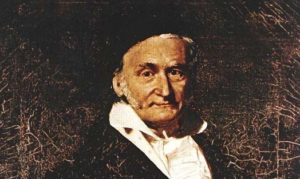
13. Gauss was born on April 30, 1777, in Brunswick, in the Duchy of Brunswick-Wilfenbuttel into a poor family.
14. He was the only child of his parents.
15. His mother was illiterate and did not even record the date of his birth. Later on, Gauss himself calculated the date based on snippets of information provided by his mother.
16. He was a child prodigy and started displaying signs of his brilliance as a toddler.
17. Gauss was just three years old when he corrected an error in his father’s payroll calculations.
18. As a seven year old, he dazzled his school teachers by quickly summing up the integers from 1 to 100.
19. He was already criticizing Euclid’s geometry by the time he was 12.
20. As a university student, he began discovering or independently rediscovering several important mathematical concepts and theorems.
21. His first major work occurred in 1796 when he demonstrated that a regular polygon of 17 sides can be constructed by ruler and compass alone. This was a major discovery in the field of mathematics as construction problems had baffled mathematicians for centuries.
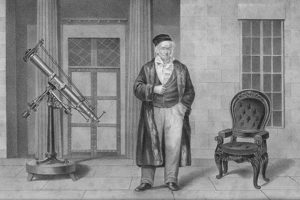
22. In his doctoral thesis in 1799, he proved the fundamental theorem of algebra which states that every non-constant single-variable polynomial with complex coefficients has at least one complex root.
23. His textbook on number theory, “Disquisitiones Arithmeticae,” discussed important results in number theory obtained by prominent mathematicians such as Fermat, Euler, Lagrange and Legendre, along with Gauss’s own important new results.
24. Gauss formulated the Gauss Law, which related the distribution of electric charge to the resulting electric field.
25. He invented the heliotrope, an instrument that uses a mirror to reflect sunlight over great distances with the purpose of marking positions in a land survey.
26. In 1810, he was honored with the Lalande Prize by the French Academy of Sciences in recognition of his contributions to astronomy.
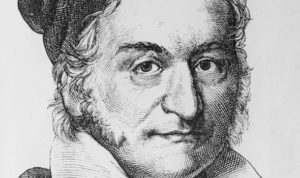
27. He was awarded the prize of the Danish Academy of Sciences in 1823 for his study of angle-preserving maps.
28. He was presented with the Copley Medal by the Royal Society, London, in 1838, “for his inventions and mathematical researches in magnetism.”
29. Gauss’s first marriage was to Johanna Osthoff, which resulted in the birth of three children. Johanna died in 1809. Even though he was shattered, he never let his personal tragedies affect his professional life.
30. He latter married Johanna’s best friend, Friederica Wilhelmine Waldeck. He had three children from this marriage too. His second wife died in 1831 after a long illness.

